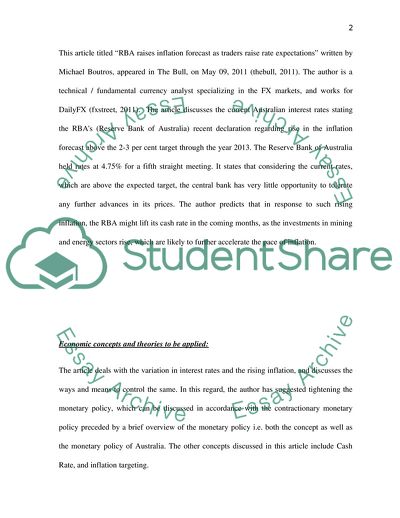Cite this document
(Economics - RBA Raises Inflation Forecast As Traders Raise Rate Expect Report - 12, n.d.)
Economics - RBA Raises Inflation Forecast As Traders Raise Rate Expect Report - 12. https://studentshare.org/macro-microeconomics/1752228-economic
Economics - RBA Raises Inflation Forecast As Traders Raise Rate Expect Report - 12. https://studentshare.org/macro-microeconomics/1752228-economic
(Economics - RBA Raises Inflation Forecast As Traders Raise Rate Expect Report - 12)
Economics - RBA Raises Inflation Forecast As Traders Raise Rate Expect Report - 12. https://studentshare.org/macro-microeconomics/1752228-economic.
Economics - RBA Raises Inflation Forecast As Traders Raise Rate Expect Report - 12. https://studentshare.org/macro-microeconomics/1752228-economic.
“Economics - RBA Raises Inflation Forecast As Traders Raise Rate Expect Report - 12”. https://studentshare.org/macro-microeconomics/1752228-economic.


